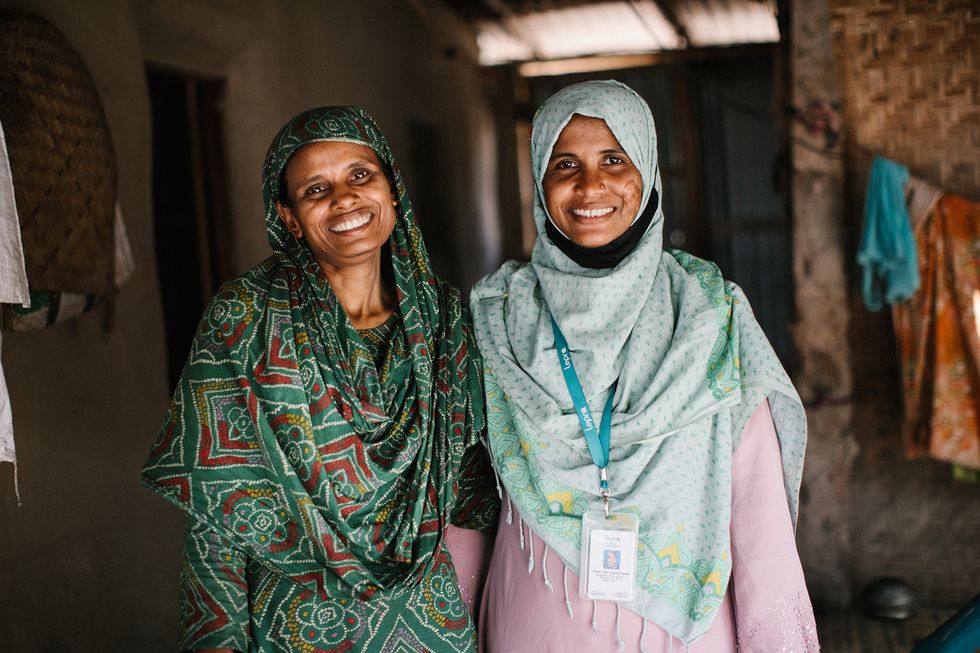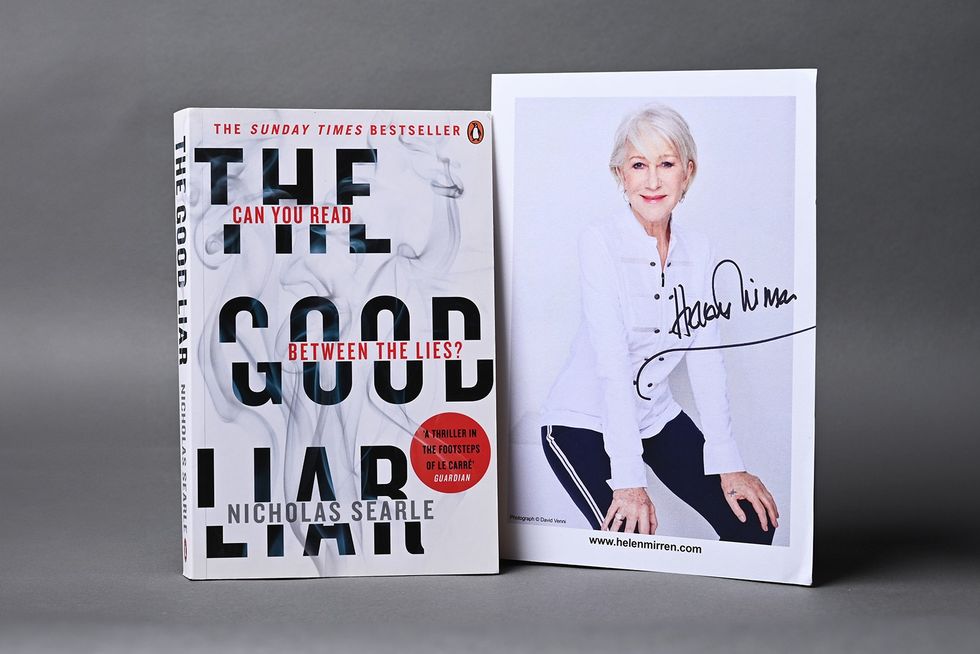A HIGHER proportion of British Asian children are classed as overweight compared to other groups, according to government data.
Experts have expressed concerns over the disproportionate number of youngsters of Indian, Pakistani and Bangladeshi origin who are having weight problems when they turn 10 or 11.
Some 36.2 per cent of British Indians in this age group are classed as overweight compared to 32.9 per cent among white Britons, according to the statistics published by NHS Digital in August.
The figure rose to 40.7 per cent in the Pakistani community and 45.1 per cent among British Bangladeshis, which was the second highest.
Sheena Bhageerutty, assistant nutritionist at the Action on Sugar charity, said there are a number of reasons why south Asian children are at an increased risk of obesity and associated future health risks.
She told Eastern Eye: “Genetics is an important risk factor of obesity among south Asians. This is because they tend to store fat around the abdominal area, increasing the chances of developing type 2 diabetes.
“Lifestyle factors such as diet and physical activity may also play a role in this.
“However, a combined holistic approach including culturally appropriate tailoring of public health initiatives will help to reduce ethnic health inequalities.”
In stark contrast, a lower proportion of kids from a south Asian background aged four and five are overweight, the NHS data showed. The figure was 13.8 per cent among Indians, 20.4 per cent among those of Pakistani heritage, 21.5 per cent in the Bangladeshi community and 23.8 per cent in the white community.
Professor Gurch Randhawa is director of the Institute for Health Research at the University of Bedfordshire which has explored parents’ experiences of providing young children with a healthy or unhealthy diet in culturally diverse and deprived communities. Randhawa told Eastern Eye: “Government data shows that there is a disproportionately greater prevalence of childhood obesity among minority ethnic communities.

“Overall, while parents were aware of the importance of a healthy diet, challenges, notably lack of time and balancing competing responsibilities, were clear barriers to providing a healthy diet for their young children.
“Access to and affordability of healthy food, alongside the overexposure of cheap, convenient and unhealthy processed foods also made it difficult for parents to provide their growing families with a healthy diet.
“Culturally tailored strategies and practical support for parents, particularly surrounding meal planning and preparation, were welcomed, alongside more support on how to p r e p a r e culturally nutritious foods acceptable to their families that remain quick and convenient for the parents.
“Environmental and community driven strategies would also be well placed to reduce the risk factors associated with food insecurity and promote sustainable approaches for healthy food access, particularly among the most vulnerable in society.”
The South Asian Health Foundation (SAHF) has a session on obesity at its 24th annual conference in Birmingham last Thursday (12).
Kamlesh Khunti, a SAHF trustee and professor of primary care diabetes and vascular medicine at the University of Leicester, said: “Worryingly, more Pakistani and Bangladeshi people were overweight at both ages with less Indian children aged four to five years being overweight.
“The key reasons for these concerns are due to higher risk of heart disease or diabetes in these children at a young age.
“Factors associated with this epidemic of childhood obesity are complex and include poor diets and physical activity levels.
“Recent data suggest that poor sleep may also contribute to this. This data is an urgent call for action to reduce overweigh and obesity in children using both individual and wider public health level interventions.”
Tam Fry is patron of the Child Growth Foundation and chairman of the National Obesity Forum.
He said: “South Asians have a very different body, genetic and metabolic composition from ‘westerners’ giving them Body Mass Index (BMI) thresholds for obesity.
“South Asian children living in the UK also have no ethnic-specific growth/BMI charts often preventing them being spotted early enough to receive optimum weight loss treatment.
“There will certainly be more south Asian obese 11-year-olds than are officially recorded,” said Fry.
“The lower figures for four- to five-yearolds is probably down to south Asian preschool children getting a better home diet than the junk food in the UK’s primary school canteens,” he added.
Earlier this year, a University of Bradford academic began a project which aims to tackle obesity in south Asian women by creating peer-led weight management support groups.
Dr Halima Iqbal said: “Obesity is a growing problem in the population more generally, but it affects South Asian women more than most, because of various structural and cultural barriers.
“Where there is provision to offer support, it’s often not accessible, or fit for purpose because there has been a lack of involvement from South Asian women to identify their unmet needs.
“These issues include the timing and location of where sessions are run, who facilitates the sessions and language barriers.”

















 Natural beauty and architectural splendourGetty
Natural beauty and architectural splendourGetty Peaceful waters and stone-built aqueductsLancaster Canal Trust
Peaceful waters and stone-built aqueductsLancaster Canal Trust
 Diljit Dosanjh and Prabal Gurung attend the 2025 Met GalaGetty Images
Diljit Dosanjh and Prabal Gurung attend the 2025 Met GalaGetty Images 
 Firoza and RupaliTom Bradley
Firoza and RupaliTom Bradley
